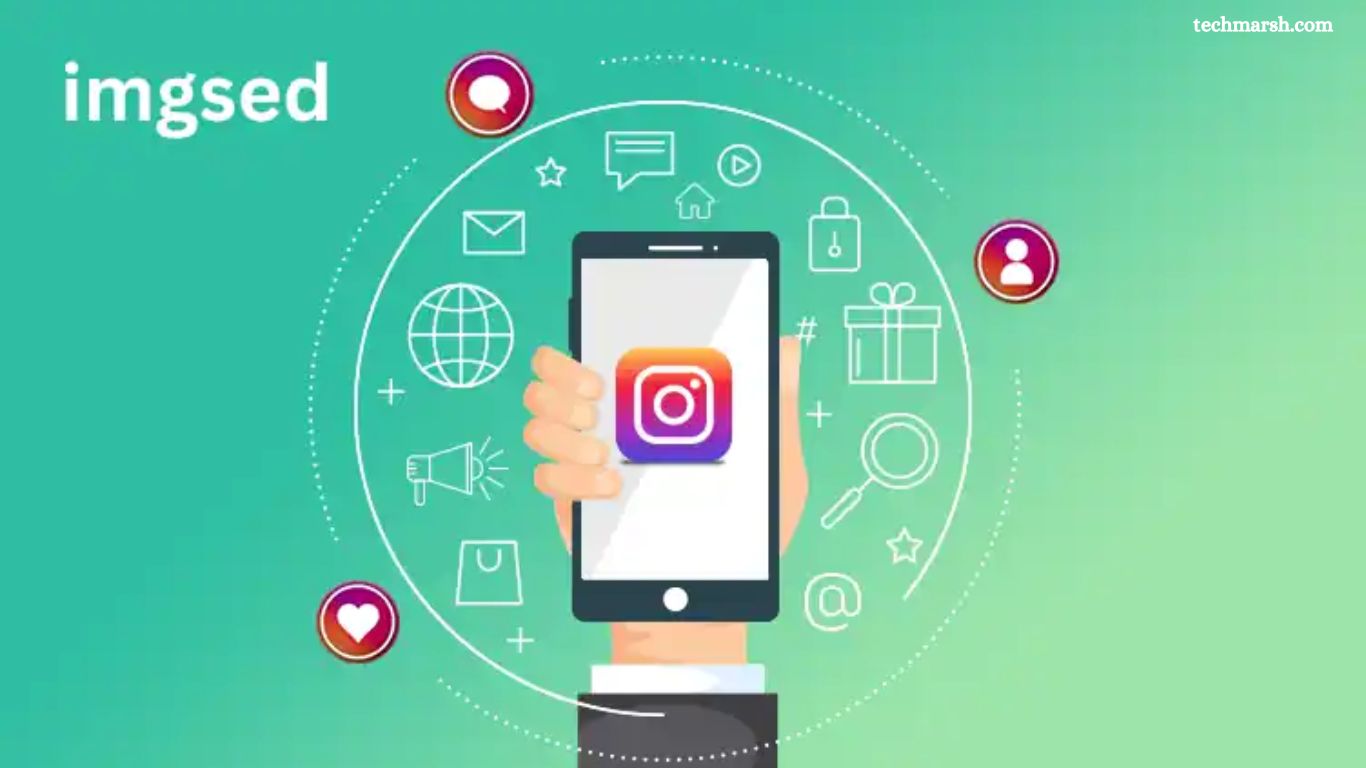Do You Really Understand Your Marketing Campaigns? When is Conversion Highest?
All marketers track dozens of statistics, but few are aware of which of these produce fruitful outcomes. Glossy-sounding-sounding vanity metrics like reach, impressions can be found decorating reports, but these are not a total picture of a campaign’s success. What works best is not that your campaigns are generating activity, but that they are generating conversions when your prospects are most likely to purchase.
To comprehend your marketing performance, something beyond level-skimming analytics is a must. Your strategic-measurement methodology needs to reveal conversion patterns, along with timing optimizations.
Understanding Basic Marketing Metrics
There are two main types of marketing metrics: awareness metrics and performance metrics. Awareness metrics such as reach, impressions, and click-through are effective for calculating campaign visibility, but these metrics, in themselves, are not necessarily aligned with business outcomes.
Performance metrics, of course, are traced back to revenue generation. Your conversion, cost of acquisition, and life-time value of customers tell you if your campaigns are going to create something of value for your company. These reveal not only of people who are seeing your content, but of people who are doing something because of your content.
It becomes challenging, therefore, to compare these numbers to provide a clear indication of campaign performance. So many marketers focus so much on top-of-the-funnel numbers but not enough on conversion numbers that, of course, determine ROI. What that can create are campaigns that create a lot of noise, but that don’t create a lot of business outcomes.
Conversion Rate Analysis: In Depth
Conversion analysis is more than figures expressed in the form of percentages. It matters for comprehension of content under every conversion and the reasons why customers are acting a specific way. Separate campaigns will definitely possess separate needs of conversion based on a campaign objective, target, positioning through a customer journey.
Email campaigns are, as a general rule, more effective than social ad campaigns because customers are already willing to buy from your company. Retargeting campaigns are, as a general rule, more effective than cold prospect campaigns because they are shown to users already familiar with your content.
Also, efficient conversion analysis looks beyond the numbers of conversions, more so the revenue value of conversions. One campaign that converts fewer, but of a high revenue value, can be more lucrative than a campaign that converts many, but of a small revenue value. This subtle way of thinking helps marketers budget better across channels and types of campaigns.
Calculating Peak Conversion Hours
Timing is a vital aspect of conversion optimization, but it hardly receives a second thought even from marketers. Consumers’ behavior drastically fluctuates by day, week, and year, but they generate consistent patterns that can be utilized by shrewd marketers.
B2B campaigns will most likely perform maximum conversions during weekdays, i.e., from Monday to Friday, best between Tuesday and Thursday. B2C campaigns could perform better late nights when customers are free for internet browsing for shopping. E-commerce companies usually perform the best conversion numbers during dinner timings and lunch timings.
Also, seasonally based timing impacts conversion. Retail stores possess noticeable highs for the winter seasons, but timing goes beyond months from December through November. Back-to-school promotions peak later summer, whereas fitness-related items frequently peak for conversion for the month of January, together with before summer months.
There are geographic considerations involved. Multistate companies that are running in different time zones must tweak schedules of campaigns for respective zones, but localized companies can aim at deciphering behavioral traits of localized marketplace.
Measuring ROI Strategically for Maximum ROI
There is a requirement for a shift from reactive reporting towards optimization. This means having well-defined conversion targets, having enough track infrastructure, and frequent analysis of performance data for detection of areas of improvement.
A good marketer or digital marketing agency employs conversion timing analysis so that schedules, budget, and creative refresh can be honed. They know that effective marketing is not being seen every second of every day but being seen when your customers are most likely to buy.
Begin from a place of examining your current methodology of measurement. Do you value metrics that are strongly correlated to business results? Do you monitor conversion trends from various time periods? And finally, are your learnings being put towards data-driven funding allocations for campaigns?
True insight for a marketing campaign is gained from comprehension of audience interest interplay, optimization of timing, and execution of conversion. Comprehend that interplay, and your marketing becomes a steady revenue stream, not a cost center.




